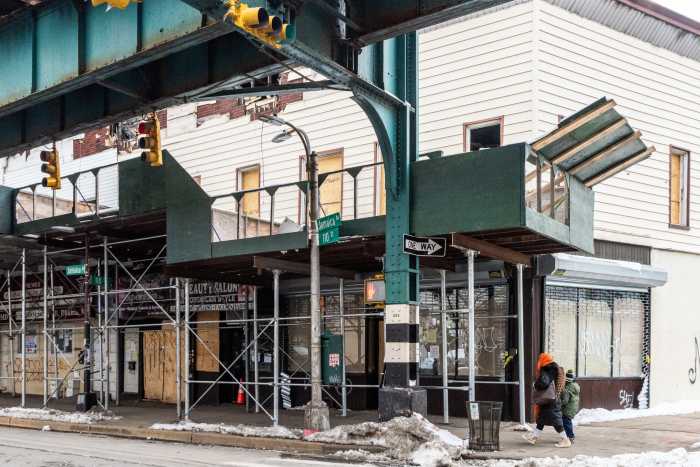The City Council overwhelmingly passed a $1.5 billion East Side flood protection plan last week, despite opposition from Lower East Side residents and environmentalists.
The damage Hurricane Sandy inflicted on Lower Manhattan’s East River Park in 2012 prompted City officials and locals to redesign the waterfront with safety in mind. The City examined a number of plans in the last several years, ultimately settling on the East Side Coastal Resiliency (ESCR) Project. The chosen plan calls for burying a 2.4-mile stretch of waterfront under 10 feet of landfill; the East River Park would eventually be rebuilt over it.
“Hurricane Sandy dramatically changed the lives of New Yorkers all across this city,” Mayor de Blasio said. “With the rising prevalence of coastal storms in the era of climate change, the passage of the East Side Coastal Resiliency project takes a critical step forward in protecting 110,000 New Yorkers from dangers this city knows all too well.”
More than a dozen people filled the Council chambers yesterday to protest the destruction of the park. One demonstrator, a member of a climate engagement group called Earth Celebrations, wore a colorful costume adorned with environmental images. Said images reflected the previous, community-driven plan for the park.

Director of Earth Celebrations Felicia Young explained why the community is opposed to the project. Their main grievance is that Mayor de Blasio abruptly decided to overhaul the original plans without consulting the community first.
“The [original plan] was something the city initiated and the community came up with a design for the East River Park,” said Young. “What happened last year was that de Blasio, out of nowhere, behind closed doors, came up with an entirely different plan, with the goal to destroy the entire park.”
The original plan aimed to push back the floodwalls from FDR Drive toward the East River along the water’s edge to shield the highway and LES from rising floodwaters. The design took over four years to prepare and was only one component of an extensive plan to protect Lower Manhattan. In Sep. 2018, to the dismay of inner-city residents, the City announced that they were scrapping the entire plan in favor of the new project.
The new proposal is more expedient, but significantly more expensive than the community’s $760 million plan. It will also destroy all the greenery and infrastructure that makes the East River Park a highlight of the neighborhood.
The community is actively engaged in advocating for their participation and vision for the future of the waterfront park. Local residents and stakeholders have formed a coalition called the East River Alliance to affirm their vision for the waterfront. Their concerns include, but are not limited to, the design, mitigation, and construction entailed in the new plan, in addition to environmental loss.
East River Park is scheduled to close in early 2020 for at least 3.5 years.






